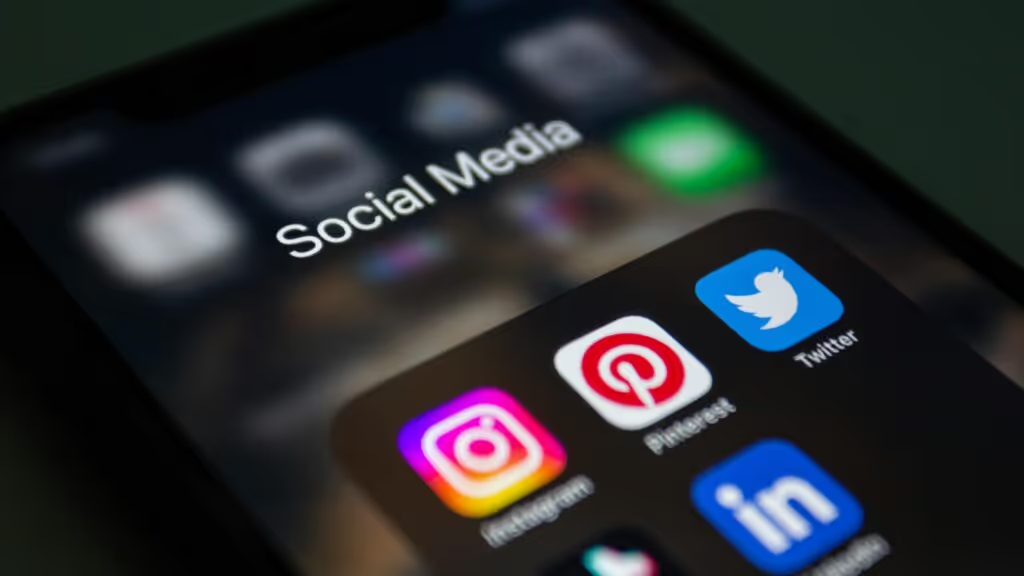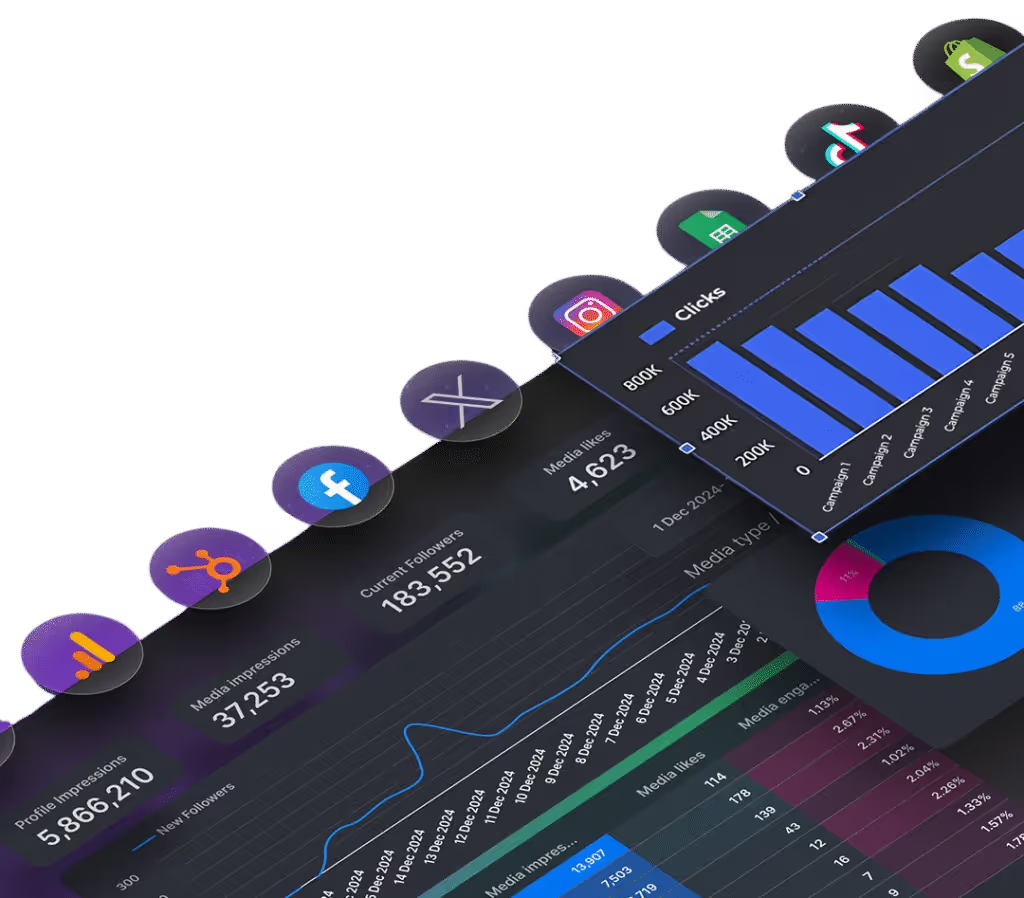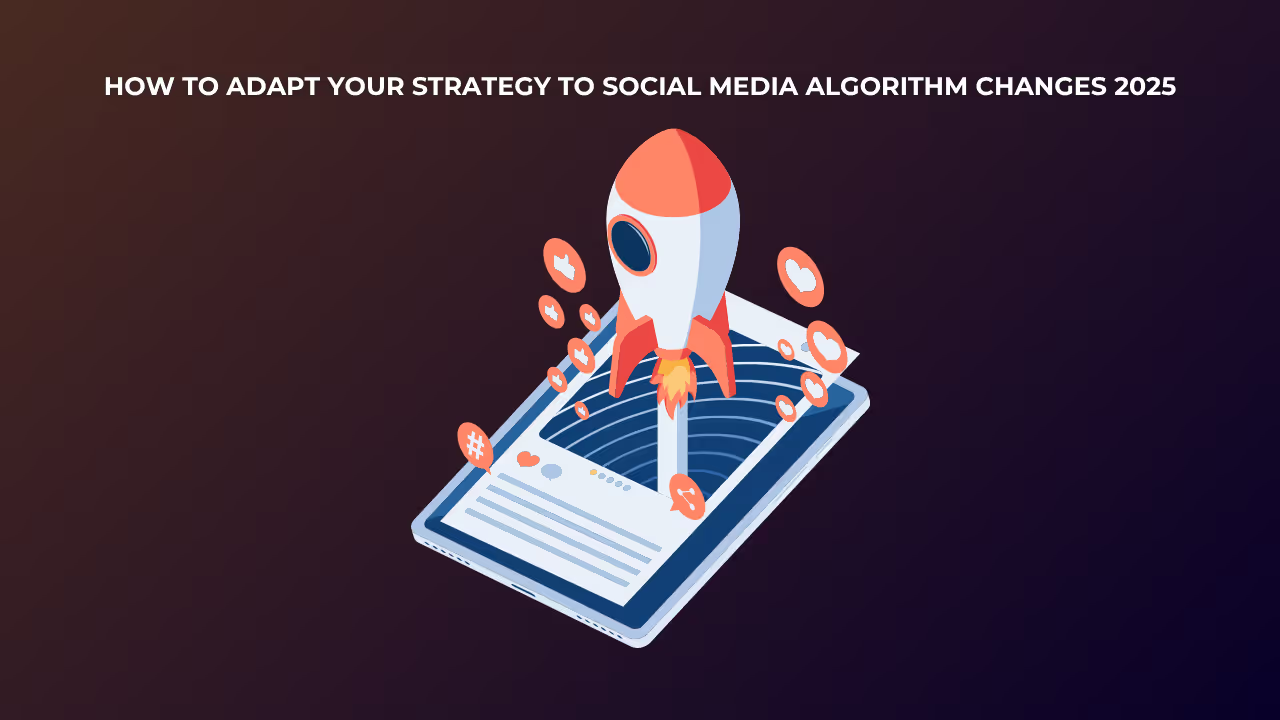2025 isn’t the year to play it safe on social. Every major platform has redefined what performance looks like, and if you’re still measuring success in likes, you’re missing the entire playbook.
The social media algorithm changes of 2025 go far beyond surface-level tweaks. These are foundational shifts in how content is ranked, distributed, and rewarded. What matters now? AI-driven personalization, engagement quality over quantity, and authenticity, especially through user-generated content (UGC). Let’s break down how to pivot your strategy and gain real visibility, not just empty impressions.
AI Is Driving the Feed and It’s Getting Smarter
Social algorithms are now fully powered by machine learning. Platforms like TikTok, Instagram, LinkedIn, and even Facebook don’t just react to clicks; they anticipate user preferences using real-time behavioral data.
That includes:
- What content users watch until the end
- What they save, share, or reply to in DMs
- How long they linger on a post (dwell time)
If your content isn’t aligned with these algorithmic priorities, it won’t get surfaced, even with ad spend. Organic performance still acts as a baseline for paid promotion efficiency.
The key shift
Algorithms reward retention and relevance, not mere visibility. That means:
- Prioritize video, especially short-form formats
- Hook attention in the first 3 seconds
- Use keywords in captions and on-screen text
- Add metadata like alt text, file names, and structured descriptions
💡 Tip: Dataslayer users are already visualizing real-time performance metrics, like watch time or shares per view, in Looker Studio or Google Sheets to adapt on the fly.
The Metrics That Matter After Social Media Algorithm Changes
Most platforms have finally moved past vanity metrics. Likes alone no longer carry meaningful weight, and in some platforms, they barely influence distribution.
Instead, the new success metrics in light of the 2025 social media algorithm changes include:
- Watch time: Especially on TikTok, Reels, and YouTube Shorts. A drop-off in the first few seconds kills reach.
- Shares and comments: Indicate relevance and spark conversations. These are critical on Facebook and LinkedIn.
- Saves: Markers of content users want to return to, strong signals for evergreen value.
- DMs and private replies: Platforms like Instagram increasingly treat these as indicators of real interest.
- Dwell time: Passive behaviors like slow scrolling or rewatching videos feed algorithms, even if the user doesn’t like or comment.
Not all platforms weigh these equally, but this trend is becoming standard across the board. Engagement rate, especially from a focused and invested audience, often outperforms scale. It’s not about going viral, it’s about staying relevant.

Social Media Algorithm Changes 2025: Platform-by-Platform Strategy
Each network has adjusted how its feed works. Let’s review how to respond:
TikTok
- Prioritizes: Watch time, behavioral signals, participation in trends
- Strategy: Use trending audio early, post at optimal times, and lean into niche-specific content
- Tip: Videos with over 75% average watch time are more likely to reach the For You page
- Prioritizes: Reels and interaction metrics (saves, shares, comments)
- Strategy: Focus on native Reels, comment actively, use interactive stickers in Stories
- Caution: Hashtags are less effective, caption keywords now carry more weight
- Prioritizes: Community activity, especially within Groups and Events
- Strategy: Use long-form posts, video, and live content to spark discussion
- Note: External links still reduce reach unless they’re packaged in rich previews
- Prioritizes: Original, relevant thought leadership, not virality for its own sake
- Strategy: Post natively and encourage comments over reactions
- Bonus: Employee engagement boosts distribution, internal advocates matter more than ever
X (formerly Twitter)
- Prioritizes: Real-time trends, verified user content, and engagement velocity
- Strategy: Post multiple times per day, add visuals and polls, join trending conversations
- Important nuance: Verified (Premium) users do receive a visibility boost, especially in replies and trending threads, but this doesn’t guarantee overall performance
Authenticity Wins: UGC in the Spotlight
Another major insight from the social media algorithm changes of 2025: authentic content ranks higher. This doesn’t mean amateurish, but real and people-centered.
User-generated content (UGC) taps directly into this demand for sincerity. It consistently outperforms highly produced brand content when it feels genuine.
How to capitalize on UGC:
- Launch branded hashtag challenges on TikTok or Instagram
- Reuse customer testimonials and reviews as carousels or Stories
- Partner with micro-influencers, they tend to generate more authentic engagement
- Use AI tools to find and repurpose top-performing UGC
UGC isn’t just “nice to have”, it’s a strategic advantage in this new algorithm landscape.
AI-Generated Content: Power and Pitfalls
AI tools like ChatGPT, Jasper, and Midjourney are now embedded in content workflows. They provide scale and speed, but not always originality or depth.
Advantages
- Fast content creation and A/B testing
- Personalized copy at scale
- Fills gaps when your team hits creative fatigue
Risks
- Generic phrasing or lack of emotional nuance
- Potential dilution of brand voice
- Issues with originality (especially for SEO)
- Ethical concerns around transparency and disclosure
Our take? Use AI as a creative assistant, not a replacement. Let AI help ideate and structure, but apply a human touch to ensure emotional connection. With Dataslayer, you can track how AI-generated content performs versus human-written posts, and refine based on real engagement data.
Adaptation Without Data = Guesswork
Strategy alone won’t cut it, you need to track performance with precision, especially after social media algorithm changes.

Use tools like Dataslayer to:
- Consolidate metrics from TikTok, Meta, LinkedIn, etc. in one dashboard
- Track performance indicators like watch time, saves, and comment depth
- Detect easily if content underperforms after an algorithm update
- Compare human and AI-created content performance
With algorithm updates happening as often as every month, you can’t afford to rely on outdated metrics or static reports.
These Are Not Just Updates, They’re a Shift in the Game
The social media algorithm changes of 2025 mark a strategic reset. They reflect deeper shifts in user expectations, content dynamics, and platform incentives.
Marketers clinging to outdated KPIs or passive posting habits will fall behind. The brands that win will be those who:
- Focus on relevance, not reach
- Blend creativity with data
- Use both AI and human insight strategically
- Build content that resonates deeply, and measures effectively
Dataslayer can help automate all of this, from tracking performance to surfacing trends. Because in 2025, automation isn’t a luxury, it’s your edge.







